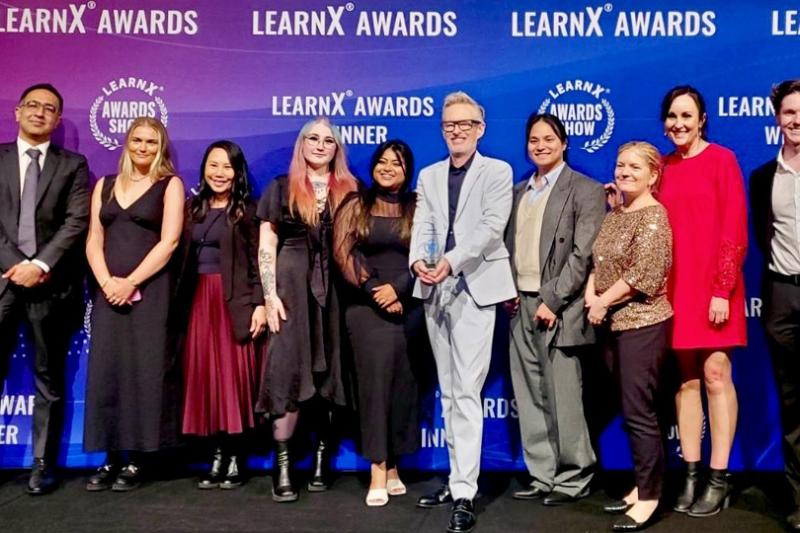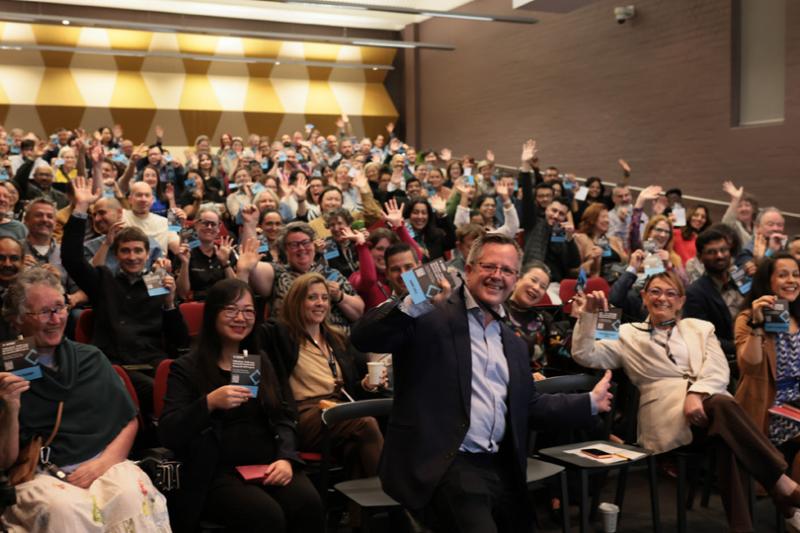Economic experts lay out blueprint to build Australia’s prosperity

Victoria University (VU) economists have detailed key areas of productivity growth ahead of the Federal Government’s productivity roundtables.
Presenting at today’s Melbourne Economic Forum (MEF), the team from VU’s Centre of Policy Studies (CoPS) discussed opportunities and challenges.
“Economic growth and prosperity are driven by productivity – how we combine inputs to create value – and can be curtailed by distortionary taxes, or augmented by international trade. There are many ways in which we can build a more prosperous future for all Australians, highlighting the benefits and warning of the pitfalls of various strategies to lift economic activity and incomes,” CoPS Director, Professor Janine Dixon said.
Today’s presenters covered all elements of this equation.
Professor Janine Dixon analysed the potential of Generative AI to enhance productivity and incomes, but acknowledged it is likely to cause deep disruptions. This included detailing impact across 400 occupations. While all areas potentially grow, the largest increases are across manual construction and care services, with jobs in industries such as IT being challenged. It also highlighted future workforce opportunities and a potential temporary lift in unemployment that can be avoided if managed well by government.
Dr James Lennox dissected the potential benefits of productivity enhancements derived from reducing planning delays in residential construction. The modelling showed efficient planning processes yield rapid gains and has few losers - substantive reforms and construction productivity are key.
Associate Professor Jason Nassios took a deep dive into the economics of a company tax cut, finding that there isn’t always a positive link between cutting taxes to grow GDP, and building up national income. The modelling also highlighted the need for the Productivity Commission to properly look at the economic distortion introduced by the proposed change to the threshold and its impact.
Professor James Giesecke and Associate Professor Robert Waschik explored how Australia is positioned to make gains from trade against a backdrop of shifting international trade policy. This included updated simulations of US tariffs across 55 sectors across 31 regions. What is the real impact of participating or retaliating in a trade war? The research confirmed tariffs ultimately hurt the US more than anyone. All six simulations cut US GDP and consumption, and any reciprocal tariffs only deepen the damage. Further background here.
Access to modelling presented is available on request.



